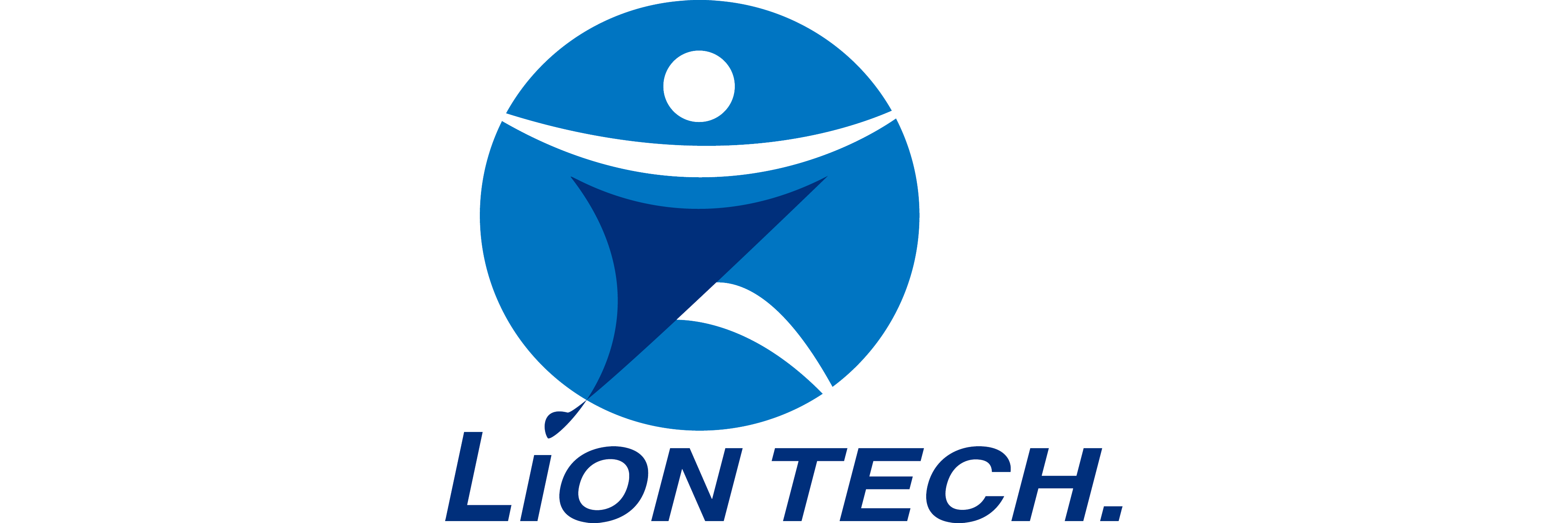Climate change is a salary and pension thief! Global per capita income in 2050 will be 19% less
do you know? Climate change is a salary and pension thief! The latest research in the internationally authoritative journal Nature estimates that climate change is expected to cause annual economic losses of US$38 trillion in 2049. In 2100, losses may double again. How big a loss is $38 trillion? It is roughly more than twice the annual GDP of the entire European Union, 1.5 times the annual GDP of the United States, or nearly 30 times the GDP of Taiwan in 2023. This paper studies the economic impact of climate on more than 1,600 regions around the world over the past 40 years, such as how changes in average annual temperature affect changes in economic growth rates, and then uses computer simulations to predict future trends. The results found that compared with the "no warming" scenario, climate change will cause global per capita income to decrease by 18.8% in 26 years. Although almost all countries face economic losses, the biggest losses are those that are the poorest, have the lowest historical cumulative carbon emissions, and are least responsible for carbon emissions. The study estimates that the income losses of the world's poorest countries are 61% higher than those of the richest countries; the income losses of countries with the lowest historical carbon emissions are 40% higher than those of countries with the highest historical carbon emissions. "These phenomena once again highlight the widespread injustice of climate shocks," the paper said. From a regional perspective, wealthy North America and Europe will suffer the least damage, with per capita income expected to decline by 11%; Southeast Asia and East Asia, where Taiwan is located, are expected to decrease by 19%, slightly higher than the global average; the worst-affected areas are South Asia and Africa, where income will decrease by more than 22%. This is just looking at lost income, but climate change also increases other costs of living
